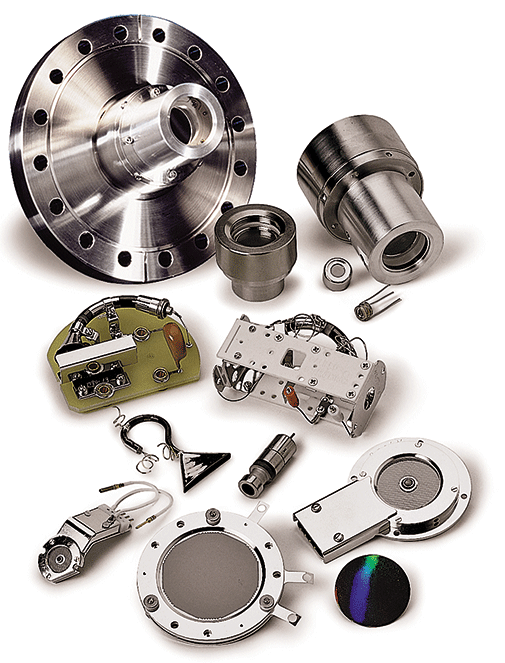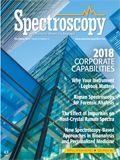Photonis USA
Company Description
PHOTONIS is a multinational high-technology group, with more than 40 years of experience in manufacturing, sales, and innovation, specializing in charged particle and photon sensor technology. The group operates internationally in the night vision, industrial, scientific, and medical markets.

Chief Chromatographic Techniques Supported
- Liquid chromatography detectors
- Ion mobility spectrometry
- Mass spectrometers
- UV–vis fixed wavelength
- UV–vis variable wavelength
- Gas chromatography detectors and accessories
- Detector accessories
- Mass spectrometers: high-resolution
- Mass spectrometers: low-resolution
- Mass spectrometers, residual gas analysis, magnetic
- Mass spectrometers, residual gas analysis, quadrupole
- ICP-MS
- Time-of-flight mass spectrometry
- Other detectors and accessories
- Supercritical fluid chromatography detectors and accessories
- Radioactivity
- Neutron imaging
Markets Served
Mass spectrometry, nuclear detection, medical instrumentation, pharmaceutical safety, industrial instrumentation, and image intensification, as well as the custom design and manufacture of detectors, sensors, and ion mobility analyzers.
Major Products/Services
PHOTONIS offers a complete range of high performance scientific and medical detector products. Our market includes electron multipliers, microchannel plates, mass spectrometry fiber optics and resistive glass, advance performance time-of-flight detectors, image intensifiers, ion mobility analyzers, neutron imagers, and other related products. Our detection products are found in most of today's technology-based markets, including analytical instrumentation, medical diagnostics, chemistry, drug discovery, high-energy physics, space exploration, and scientific research. PHOTONIS is the largest supplier of standard, retrofit, and custom detectors in the mass spectrometry, residual gas analyzer, and electron microscope markets providing advanced detector designs for the highest sensitivity through superior signal collection and noise reduction.

Facilities
Sturbridge, MA; Lancaster, PA; Frisco, TX; Brive, France; Roden, Netherlands.
PHOTONIS USA
660 Main Street
Sturbridge Business Park
Sturbridge, MA 01566
TELEPHONE
(508) 347-4000
FAX
(508) 347-3849
E-MAILsales@usa.photonis.com
WEB SITEwww.photonis.com
NUMBER OF EMPLOYEES
US: 150
Elsewhere: 900
YEAR FOUNDED
1937

Best of the Week: AI and IoT for Pollution Monitoring, High Speed Laser MS
April 25th 2025Top articles published this week include a preview of our upcoming content series for National Space Day, a news story about air quality monitoring, and an announcement from Metrohm about their new Midwest office.
LIBS Illuminates the Hidden Health Risks of Indoor Welding and Soldering
April 23rd 2025A new dual-spectroscopy approach reveals real-time pollution threats in indoor workspaces. Chinese researchers have pioneered the use of laser-induced breakdown spectroscopy (LIBS) and aerosol mass spectrometry to uncover and monitor harmful heavy metal and dust emissions from soldering and welding in real-time. These complementary tools offer a fast, accurate means to evaluate air quality threats in industrial and indoor environments—where people spend most of their time.